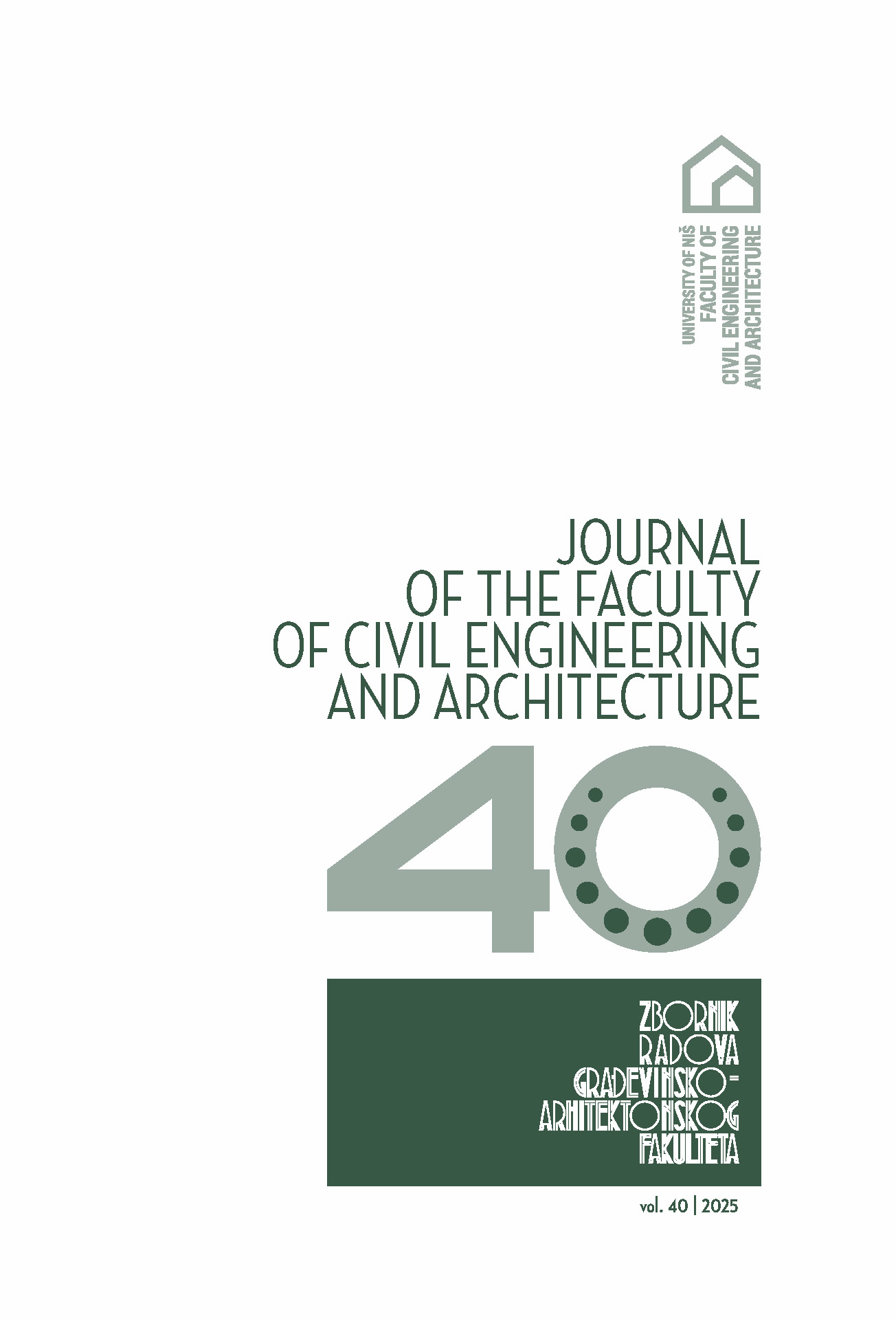The paper discusses the specific problems that occur with deep freeze storages, from the aspect of building physics. A special review is given of the phenomenon of soil stability, i.e. soil bearing capacity, in the context of soil freezing, deformations of the floor structure, and functional disorders in the interior of deep freeze stores.
A case from practice was presented, in which serious problems occurred in the process of exploitation, which led to the fact that the existing floor structure with all layers had to be completely demolished, a new one constructed with newly designed layers, as well as to improve the connection with existing facade construction.
An analysis of the causes and a proposal for a solution for that building are presented. The focus of the work is on the design concept of the relevant wall and floor structures, the calculation of the temperature in the ground under the building, considering conditions of operation that are specific and include a very low interior temperature of -27°C, a low winter design temperature of the external air -15°C, with an emphasis on the necessity of application of an adequate heat system of under-slab structure. The paper provides recommendations that engineers can use in similar cases.

The statements, opinions and data contained in the journal are solely those of the individual authors and contributors and not of the publisher and the editor(s). We stay neutral with regard to jurisdictional claims in published maps and institutional affiliations.